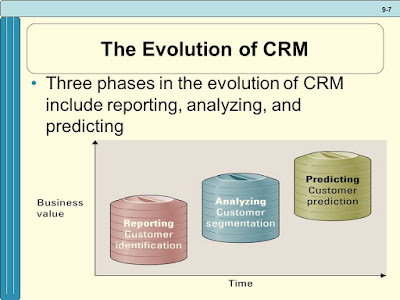CHAPTER 9 (MGT300)
Enabling the Organization –
Decision Making
- · Reasons for the growth of decision-making information systems
-
People
need to analyse large amounts of information
-
People
must make decisions quickly
-
People
must apply sophisticated analysis techniques, such as modelling and
forecasting, to make good decisions
-
People
must protect the corporate asset of organizational information
- · Model- a simplified representation or abstraction of reality
- · IT systems in an enterprise
Transaction Processing Systems
- · Transaction processing system - The basic business system that serves the operational level (analysts) in an organization
- · Online transaction processing (OLTP)
- · Online analytical processing (OLAP)
Decision Support System
- · Models information to support manager and business professionals during the decision-making efforts
- · Three quantitative models used by DSSs include:
-
Sensitivity analysis
-
What-if analysis
-
gambar
-
Goal-seeking analysis
Executive Information Systems
- · A specialized DSS that supports senior level executives within the organization
- · Most EISs offering the following capabilities:
-
Consolidation
-
Drill-down
-
Slice-and-dice
·
- · Digital dashboard- integrates information from multiple components and presents it in a unified display
Artifiial Intelligence (AI)
- · Intelligent system – various commercial appications of artificial intelligence
- · Artificial intelligence (AI)- simulates human intelligence such as the ability to reason and learn
- · Four most common categories of AI include:
1. Expert system
2.
Neural Network
3.
Genetic algorithm
4.
Intelligent agent
Data Mining
- · Data-mining software includes many forms of AI such as neural networks and expert system
- · Common forms of data-mining analysis capabilities include:
-
Cluster analysis
-
Association detection
-
Statistical analysis





Comments
Post a Comment